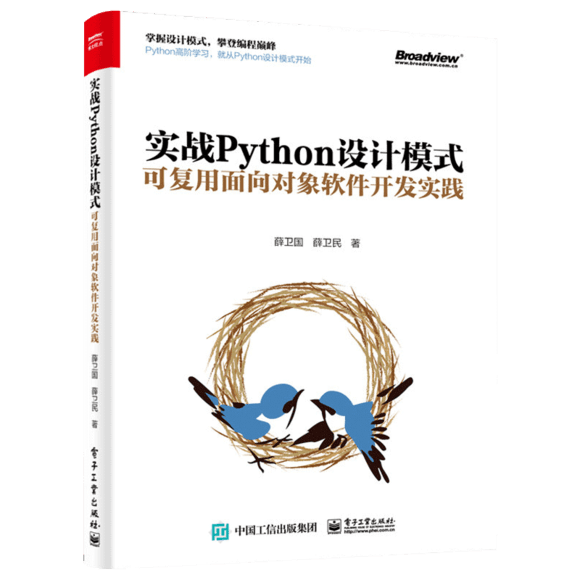T.81: Do not mix hierarchies and arrays
T.81:不要混用继承层级和数组
Reason(原因)
An array of derived classes can implicitly "decay" to a pointer to a base class with potential disastrous results.
派生类的数组可以隐式退化为可能带来灾难性后果的指向基类的指针。
Example(示例)
Assume that Apple and Pear are two kinds of Fruits.
假定Apple和Pear是两种Fruit。
void maul(Fruit* p)
{
*p = Pear{}; // put a Pear into *p
p[1] = Pear{}; // put a Pear into p[1]
}
Apple aa [] = { an_apple, another_apple }; // aa contains Apples (obviously!)
maul(aa);
Apple& a0 = &aa[0]; // a Pear?
Apple& a1 = &aa[1]; // a Pear?
Probably, aa[0] will be a Pear (without the use of a cast!). If sizeof(Apple) != sizeof(Pear) the access to aa[1] will not be aligned to the proper start of an object in the array. We have a type violation and possibly (probably) a memory corruption. Never write such code.
很有可能aa[0]是一个Pear(不需要类型转化)。如果sizeof(Apple)!=sizeof(Pear),对于aa[1]的访问位置就不会正确开始于下个对象。我们会遇到类型违反和可能的(几乎一定)内存破坏。永远不要这样写代码。
Note that maul() violates the a T* points to an individual object rule.
Alternative: Use a proper (templatized) container:
注意maul()已经违反了使用T*或onwer<T*>指明唯一对象原则。其他选项:使用适当的(模板化的)容器。
void maul2(Fruit* p)
{
*p = Pear{}; // put a Pear into *p
}
vector<Apple> va = { an_apple, another_apple }; // va contains Apples (obviously!)
maul2(va); // error: cannot convert a vector<Apple> to a Fruit*
maul2(&va[0]); // you asked for it
Apple& a0 = &va[0]; // a Pear?
Note that the assignment in maul2() violated the no-slicing rule.
注意maul2()中的赋值操作违反了不要分割对象原则。
Enforcement(实施建议)
- Detect this horror!
检出这种可怕的问题!
原文链接
https://github.com/isocpp/CppCoreGuidelines/blob/master/CppCoreGuidelines.md#t81-do-not-mix-hierarchies-and-arrays
新书介绍
《实战Python设计模式》是作者最近出版的新书,拜托多多关注!

本书利用Python 的标准GUI 工具包tkinter,通过可执行的示例对23 个设计模式逐个进行说明。这样一方面可以使读者了解真实的软件开发工作中每个设计模式的运用场景和想要解决的问题;另一方面通过对这些问题的解决过程进行说明,让读者明白在编写代码时如何判断使用设计模式的利弊,并合理运用设计模式。
对设计模式感兴趣而且希望随学随用的读者通过本书可以快速跨越从理解到运用的门槛;希望学习Python GUI 编程的读者可以将本书中的示例作为设计和开发的参考;使用Python 语言进行图像分析、数据处理工作的读者可以直接以本书中的示例为基础,迅速构建自己的系统架构。
觉得本文有帮助?请分享给更多人。
关注微信公众号【面向对象思考】轻松学习每一天!
面向对象开发,面向对象思考!











